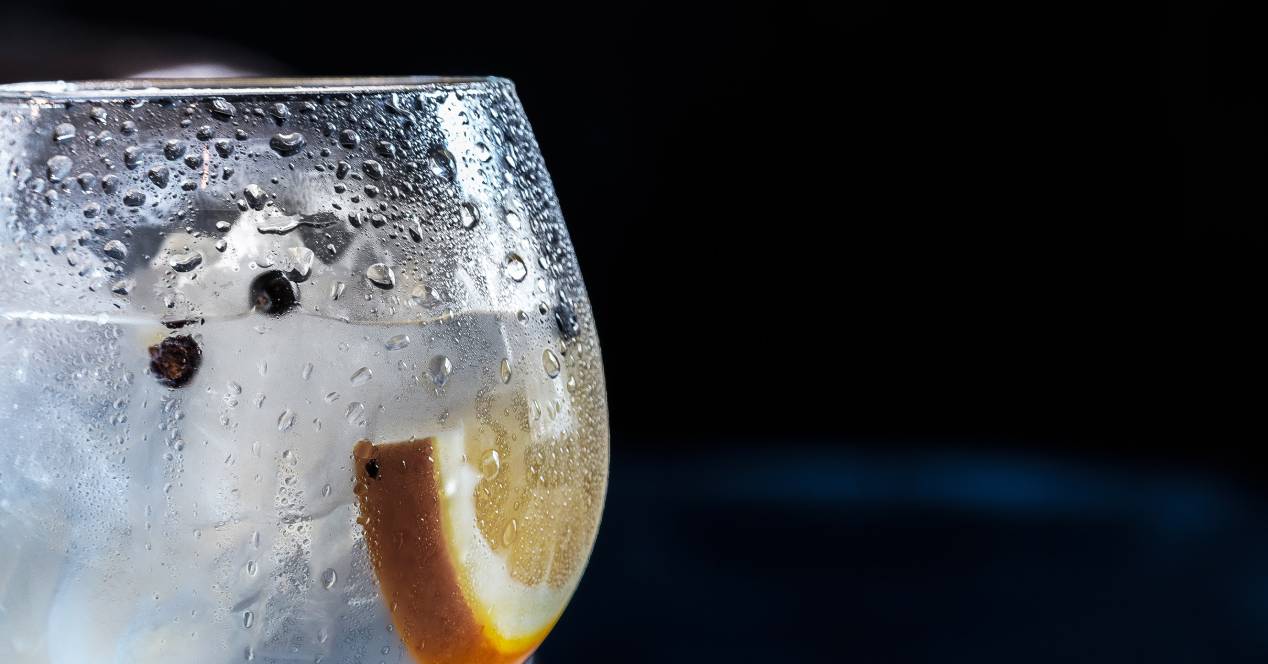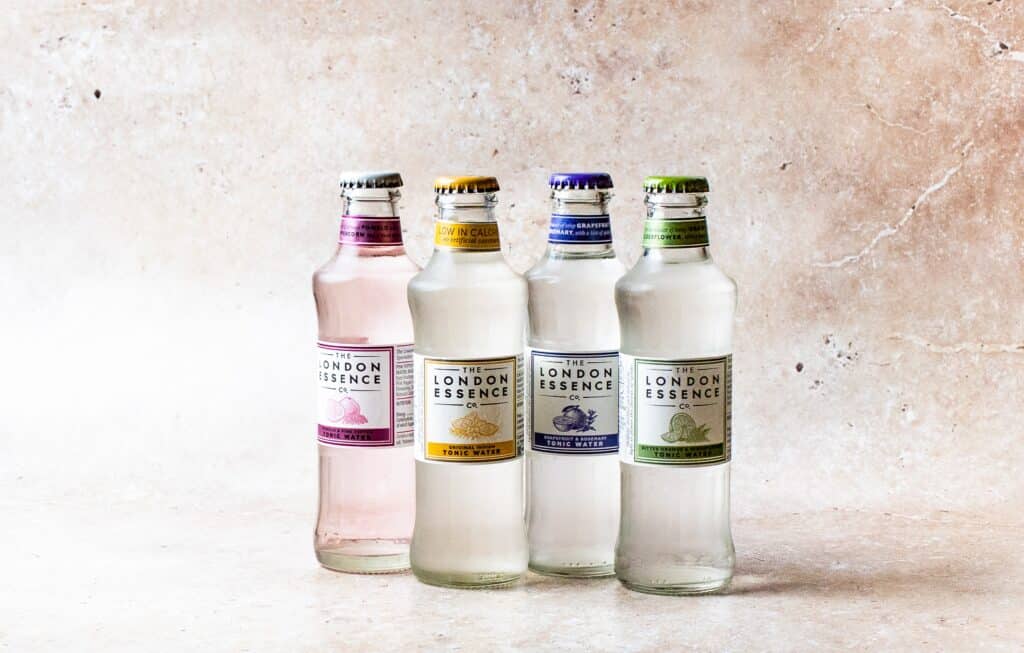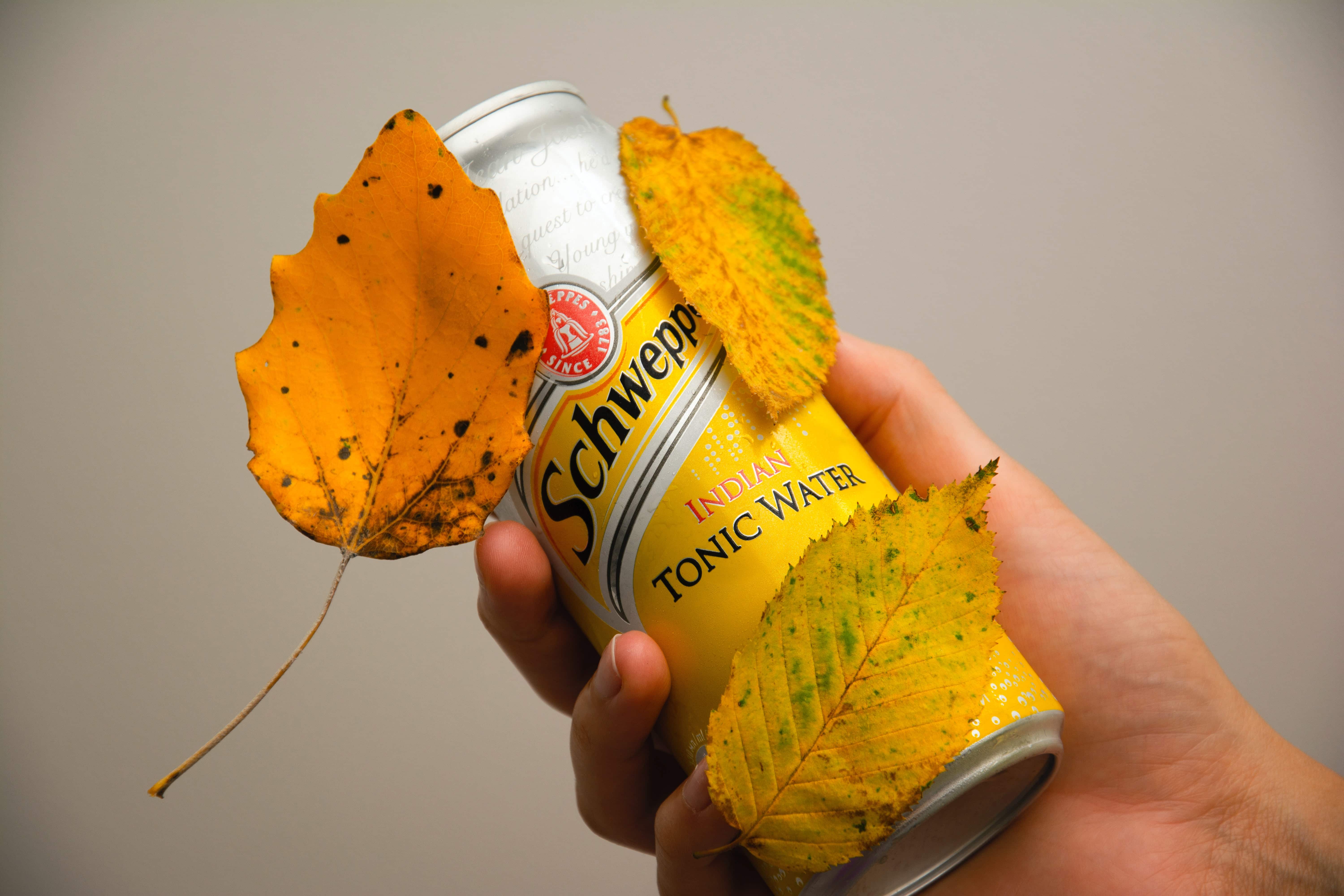
If you're a tonic lover, and not just for taking it with gin, you may have stopped to check the nutrition label and come across the phrase "contains quinine" or "source of quinine." But what is this ingredient? Should we be concerned about its consumption or can we be happy to eat it?
Normally, this substance is used in drinks to enhance the flavor, and give it that bitter touch that characterizes the tonic. In some countries it is even called quinada water, instead of the commercial name. Although in the end, we are dealing with an alkaloid (nitrogenous substance that we find in plants and is a natural stimulant) with a crystalline appearance and of natural origin.
What is the origin of quinine?
For many years, this substance was obtained from the bark of the cinchona tree, a peru tree It is found mostly in the Amazon jungle. This bark was widely used by the pre-Columbian cultures of Peru, Ecuador and Colombia for its medicinal effects. In fact, after the discovery of America, its properties were recognized in Europe in 1631, when the Jesuit Alonso Messia brought cinchona bark to Rome. Over the years, different botanical studies of different cinchona species were carried out. For example, Chinchona, who was said to have cured the Countess of Chinchón.
From these events, the use of cinchona bark was imposed as a natural remedy for a wide variety of conditions, especially its use as a remedy for flu and malaria. Therefore, it began to be sold at a high price and its demand increased more and more. Quinine is a bitter compound which comes from the bark of the cinchona tree. It was crucial in reducing the death rate of construction workers on the Panama Canal in the early 20th century.
Good for something? possible benefits
Quinine is undoubtedly one of the main compounds in tonic, a famous carbonated drink that uses this compound as a flavoring to provide that famous bitter taste. Even so, consuming large amounts can cause side effects, and the American FDA has limited its concentration to a maximum of 83 ppm.
Many people use tonic water as a digestive drink, both for calm the dizziness to favor vomiting. In addition, it exerts a vascularization of the gastric mucosa. They are not recommended as an effective method of relieving an upset stomach, since they are chemical substances. However, many people use it as a home remedy to achieve the goal of relaxing discomfort.
Also, nowadays, people sometimes drink tonic water to treat nocturnal leg cramps associated with circulatory or nervous system problems. However, this treatment is not recommended.
On the other hand, as we said before, it also became a widely used remedy in the medical treatment of malaria, until it was replaced by other more effective synthetic drugs, such as primaquine, chloroquine or quinacrine. Even so, quinine is still used in the treatment of resistant malaria. However, in these cases, medicine has advanced enough to make our own decisions. A specialist will assess your case and prescribe the appropriate drugs for the severity of the disease.
Quinine, when found in small doses in tonic water, is safe to consume. The first tonic waters contained powdered quinine, sugar, and soda. Since then, tonic water has become a common mixer with liquor, with the best-known combination being gin and tonic. The FDA allows tonic water to contain no more than 83 parts per million of quinine, because there can be side effects to this substance.

Are there foods with quinine?
You may have seen this ingredient listed on some products. The main dietary source of quinine comes from tonic or bitter lemon soft drinks. Sometimes the ingredient can be added to carbonated drinks, such as tonic water, as the hydrochloride salt or sulfate salt used for flavoring. However, the amount in any food is regulated. Food containing quinine cannot have more than 83 parts per million, which is generally a safe amount to eat. Naturally there are no foods that have this substance, so you should not fear when eating natural foods.
For drinks like tonic water, it's minuscule, but drinking large amounts could cause dangerous side effects. Do not drink quinine drinks for medicinal purposes. However, tonic water is not only used to mix with spirits. Some cooks may include tonic water in the batter when frying shellfish or in desserts that also include gin and other spirits.
Historically, tonic water contained very high levels of quinine and was extremely bitter, requiring sugar and sometimes gin to enhance the flavor profile. Today, quinine in tonic water provides the familiar bitter taste we're used to, without the risk of overexposure.
Who should avoid it?
Quinine can cause serious side effects on the heart, kidneys, or blood cells. It is recommended to stop taking this substance and call a doctor immediately if you experience headache with chest pain and severe dizziness, rapid or pounding heartbeat, unusual bruising or bleeding (nosebleeds, bleeding gums, purple or red spots under skin), signs of infection (fever, chills, mouth sores), severe lower back pain, or blood in the urine.
If you've had a bad reaction to tonic water or quinine in the past, you shouldn't try it again. A health professional may also recommend that you not take quinine or tonic water if:
- Heart rhythm is abnormal, especially a prolonged interval
- You have low blood sugar (because quinine can cause blood sugar to drop)
- You are pregnant. It is not known whether quinine will harm an unborn baby. It is recommended to ask a doctor if you are pregnant or plan to become pregnant while taking this substance. Also, it can pass into breast milk and may harm a nursing baby.
- Have kidney or liver disease
- Are taking medications, such as blood thinners, antidepressants, antibiotics, antacids, and statins (these drugs may not stop you from taking quinine or drinking tonic water, but you should tell your doctor)

Beware of abusing your consumption
We mentioned it previously, quinine can cause side effects if it is ingested in excess. Some examples are allergic reactions, itching or low blood sugar levels; which can cause hearing loss, headache, dizziness, sweating, fatigue and weakness.
If we take a tonic or do not exceed the recommended amount, there should not be a great danger to health. So don't be afraid to have a drink with this substance when you go out with your friends. Remember that the amount of quinine that is included in these liquids is not so high as to harm our health.
Quinine in tonic water is diluted enough that serious side effects are unlikely to occur. If you have a reaction to taking medication with this substance, it may include:
- Nausea
- Stomach cramps
- Diarrhea
- Vomiting
- Ringing in the ears
- Confusion
- Nervousness
However, these are more common side effects of quinine taken as a medication. Among the more serious possible side effects associated with quinine are bleeding problems, kidney damage, an abnormal heartbeat, and a severe allergic reaction.
Keep in mind that these reactions are mainly related to quinine, the drug. You would have to drink about two liters of tonic water a day to get your daily dose of quinine in pill form. So consume in moderation, but without fear of putting your health at risk.